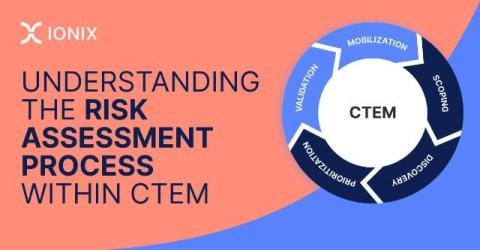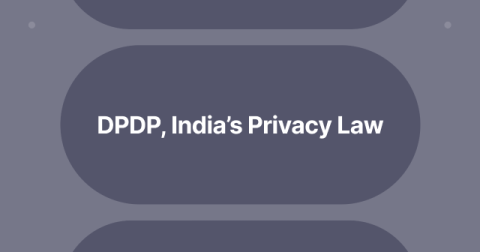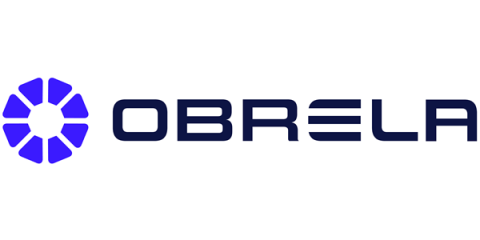3 Key Steps to Strengthen Compliance and Risk Management
A robust security strategy is no longer a nice-to-have. It's essential to remain competitive and trustworthy in the market. Security teams are under constant pressure to quickly address vulnerabilities and maintain compliance, all while scaling business operations.











